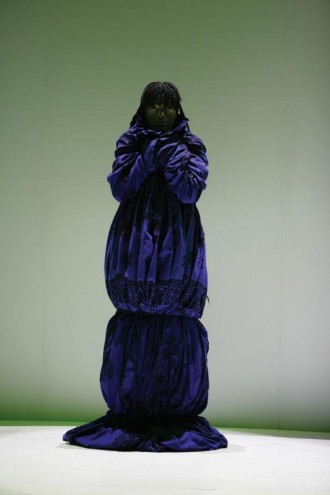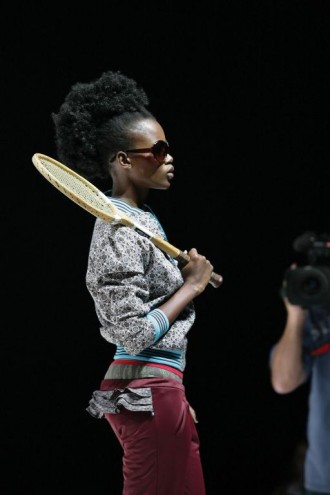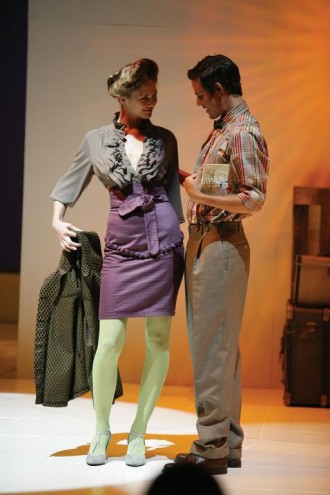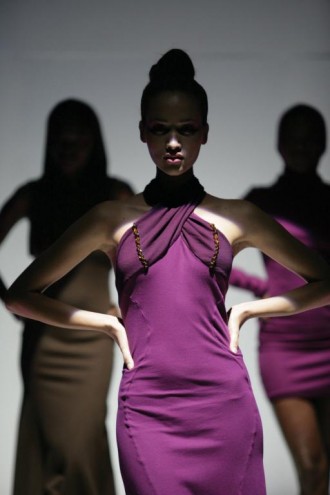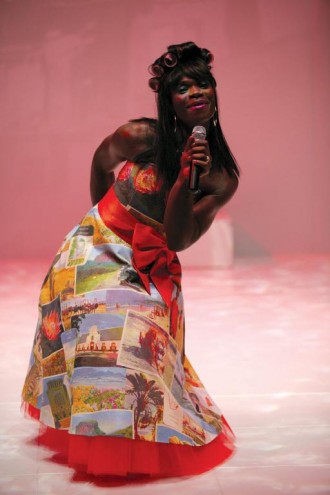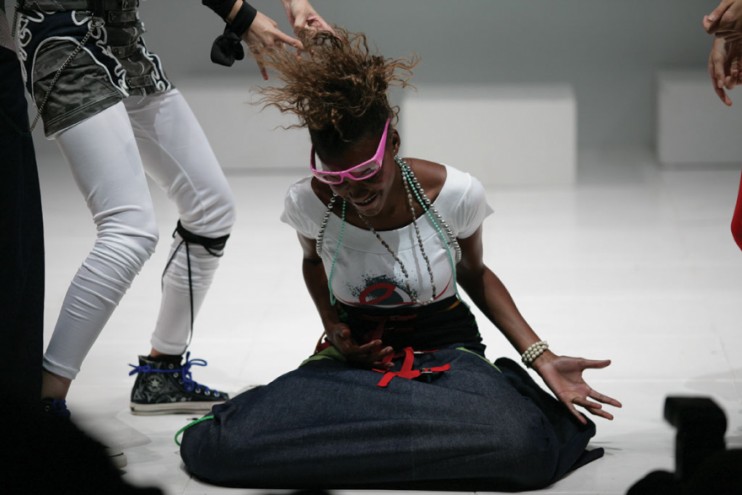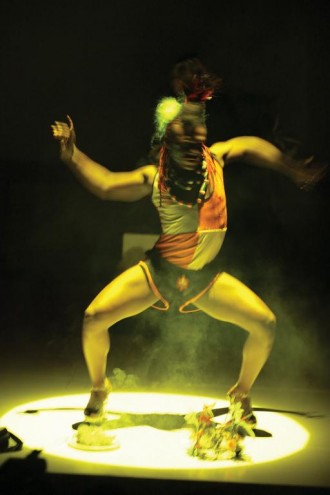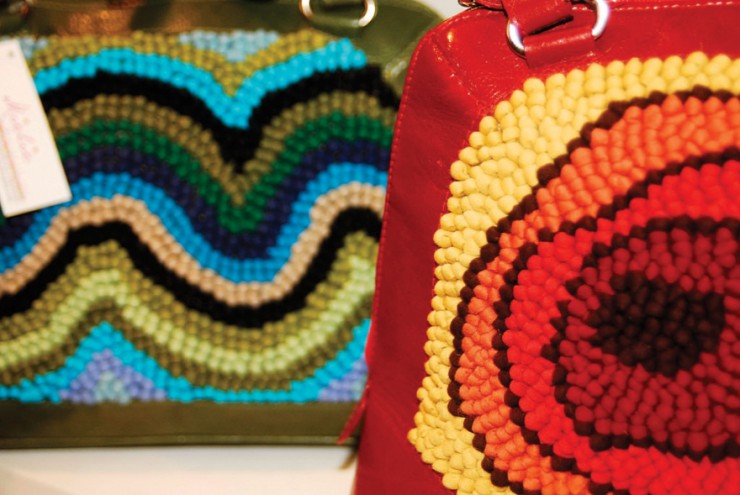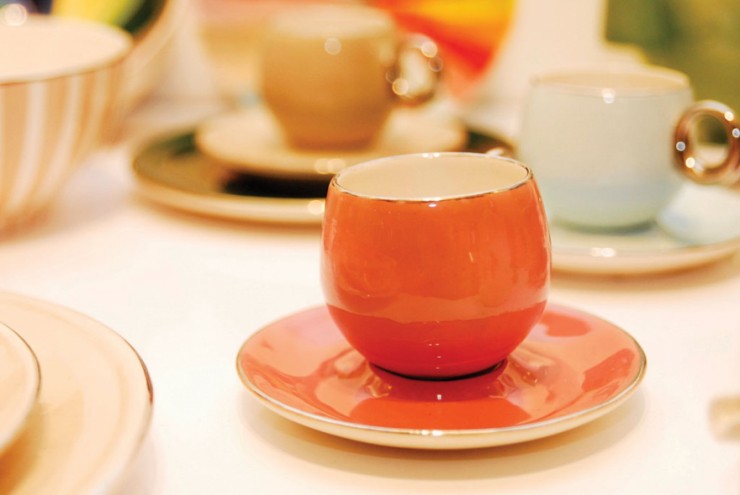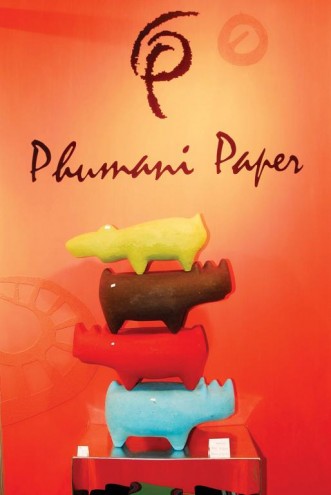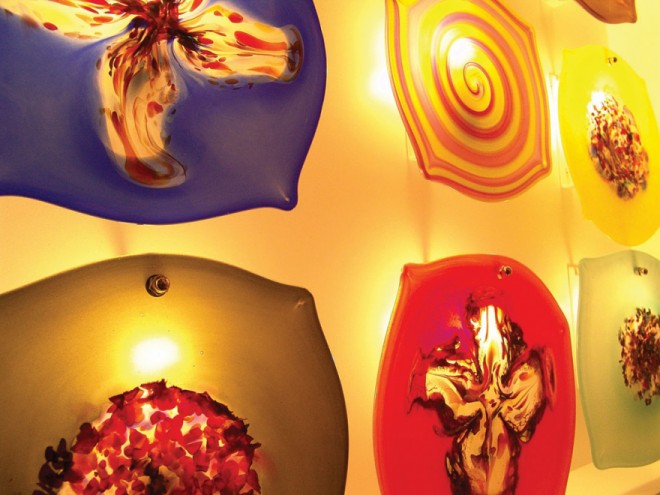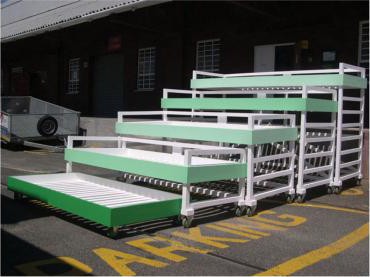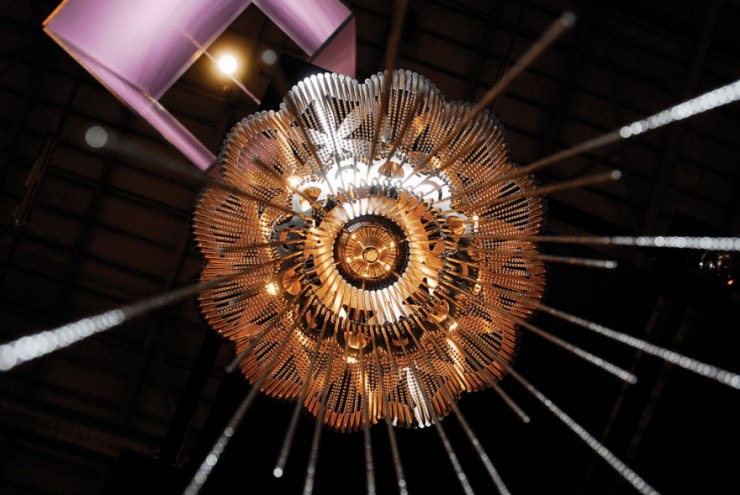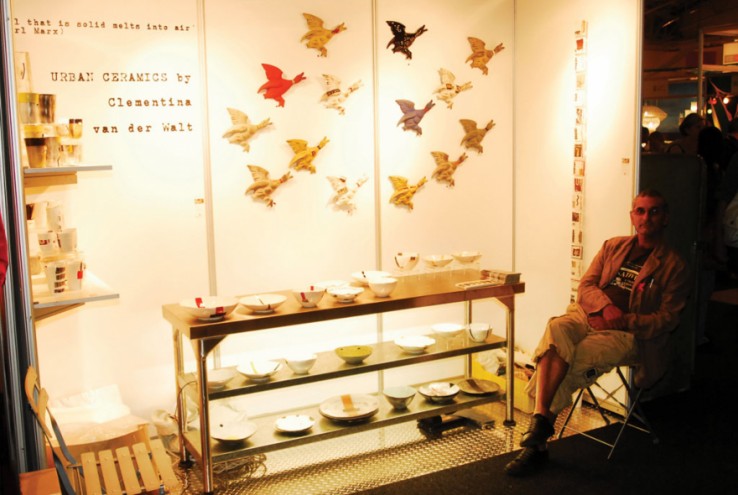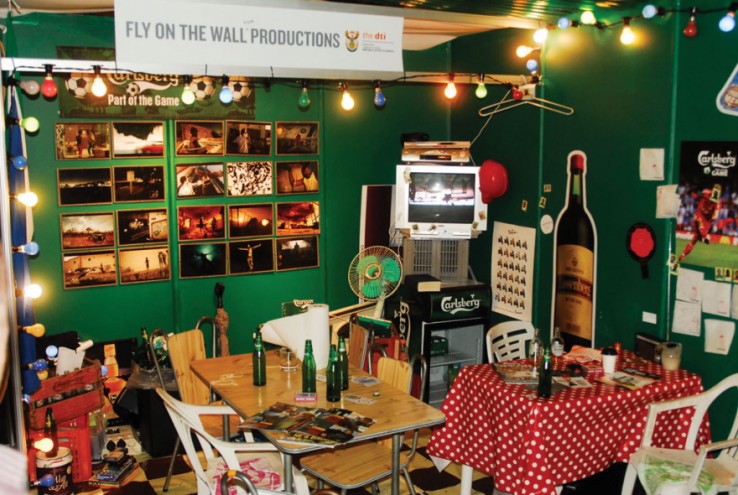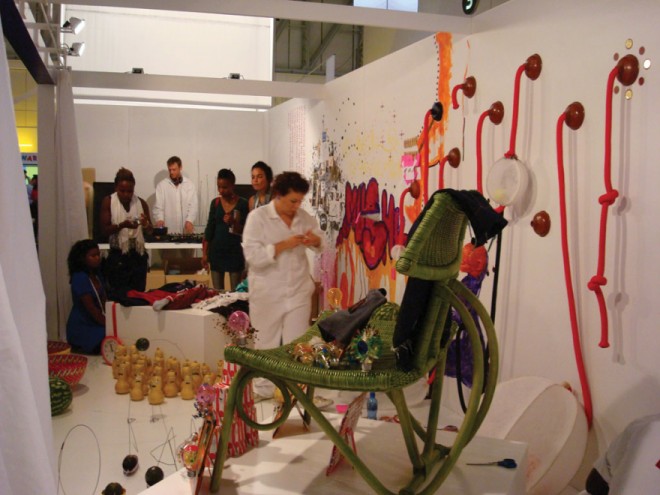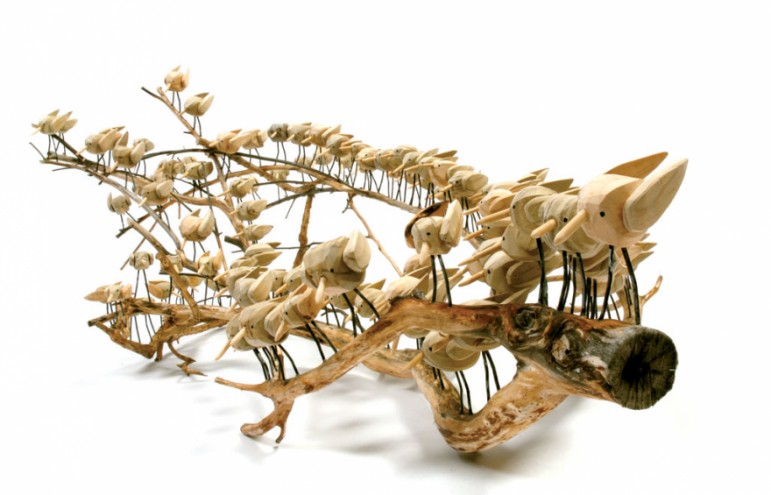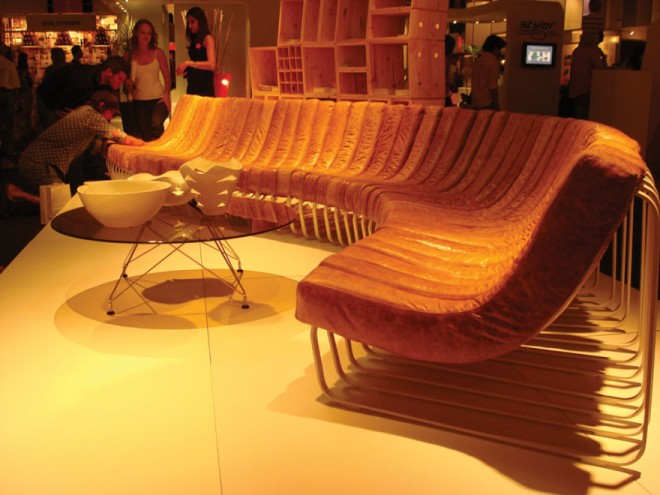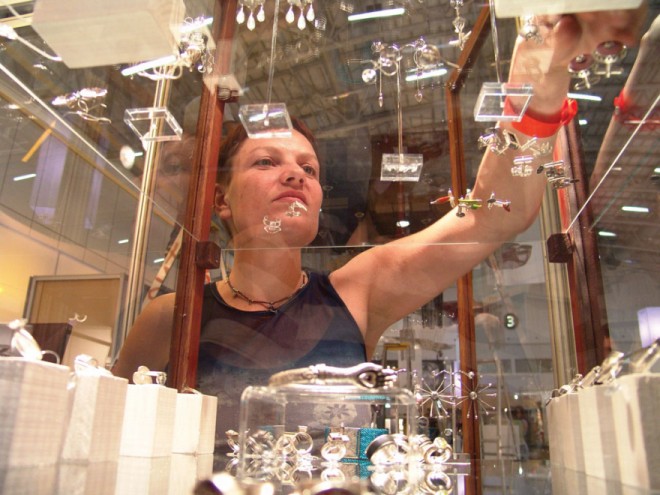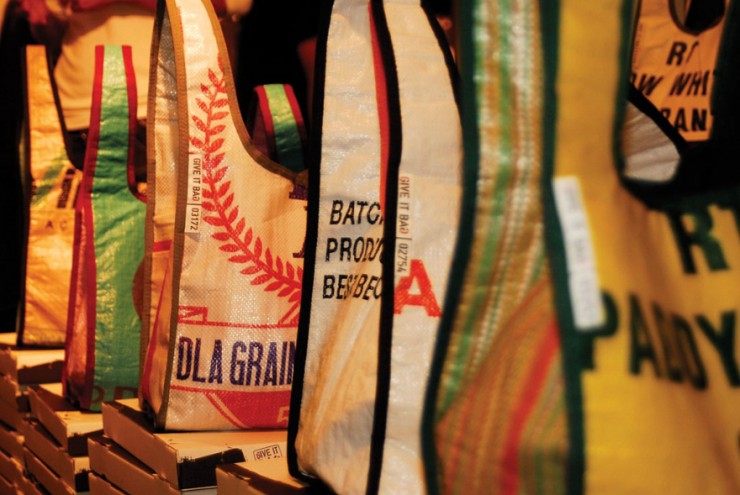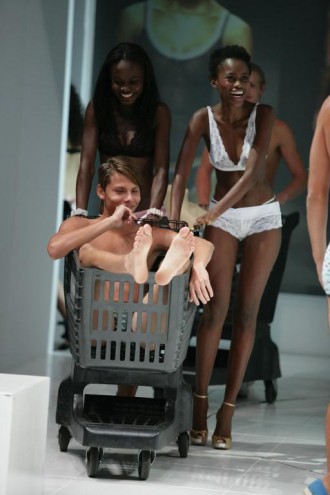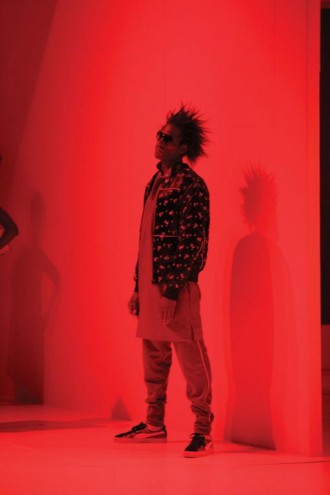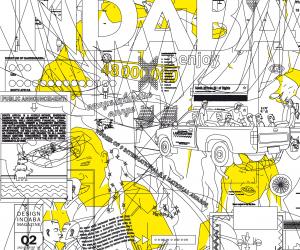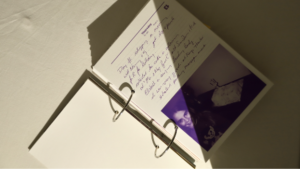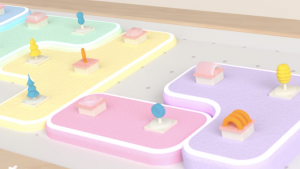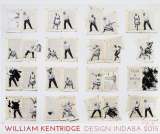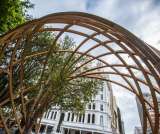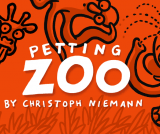First Published in
This year was my first time at the Design Indaba Expo. I was a newcomer to Cape Town and the South African design scene, having been in the city for just under two months on an international placement at the Cape Craft and Design Institute. As a London-based arts and culture manager with more than 20 years experience spanning all art forms, as well as being a frequent visitor to the London Design Festival and many other exhibitions, I was looking forward to visiting what is regarded as South Africa's premier design event.
I have to admit that I had not heard of Design Indaba before coming to South Africa. When I arrived here in early January, however, it became quickly clear to me that it was a key event on the Cape Town calendar. My colleagues took off time from their busy work life specially to attend the expo and conference. There was a buzz of anticipation and I was encouraged to sign up with comments like: "You must come, everyone will be there", and "This is where I get my annual dose of inspiration and ideas".
So what did I make of it? What were my impressions? As I strolled through the Design Indaba Expo, I enjoyed the range of work and the ease with which I could meet with the exhibitors. A strong point was that the whole sector was represented, from young emerging designers to established names, from jewellery to graphic design and fashion, from local craft production to international architecture. I think this showed the strength of the creative sector in South Africa. It also showed that the scene was vibrant and dynamic, while at the same time still small enough to see so many sectors in one hall. The London Design Festival, in comparison, is so large that it spreads across several venues, often miles apart. Special exhibitions are dedicated to emerging talent, curated shows and main trade fairs but no one can possibly visit them all. The Design Indaba's single hall, makes communicating with stall holders easy and welcoming.
What about the content? To me many products had an optimistic quality, speaking of a new South African identity and direction. It is a strength that this forward-looking approach is not leading to a unified aesthetic or style; much of the work was refreshingly eclectic and varied. The work was confident and rooted in today's reality and tomorrow's ambitions. I observed little of the self-conscious irony, wit and cuteness that is so often prevalent in new European design where momentarily clever, and self-referential takes and double-takes can quickly exhaust themselves.
There was a welcome absence of retro aesthetic - the deliberate allusion and imitation of previous styles and visual tropes. If you compare it with Europe, where every decade receives its instant "revival" and is being mined for visual puns and quotations, the Design Indaba was largely free of such attempts. Maybe nostalgia and retro aesthetics have less currency in South Africa because of its recent political history. Recent history is more defined by periods of struggle and political conflict, rather than wallpaper patterns.
Politics still play a large part in the production of craft and design nonetheless. It is obvious that South Africa engages the creative industries, including craft productions, as a tool for social regeneration, job creation and community empowerment. It is an arena where aesthetics meets ethics and humanitarian goals meet commercial successes. I guess a real surprise for me was the strong presence of "government" and government agencies as part of an expo. Johannesburg City Council, local government, provincial government and national government, including even the ministry of mining and minerals, were all represented by stands.
And this does not even include the government-funded but independent organisations like the Cape Craft and Design Institute and Cape Town Partnership. These hand-made and collective practices have a big role to play, as they provide access to markets and earnings. I am sure that a new generation of talented individuals will grow from many of these socially-led initiatives. I am looking forward to coming back to future Design Indabas and discovering these new individual voices and personalities with their own stalls and products.

